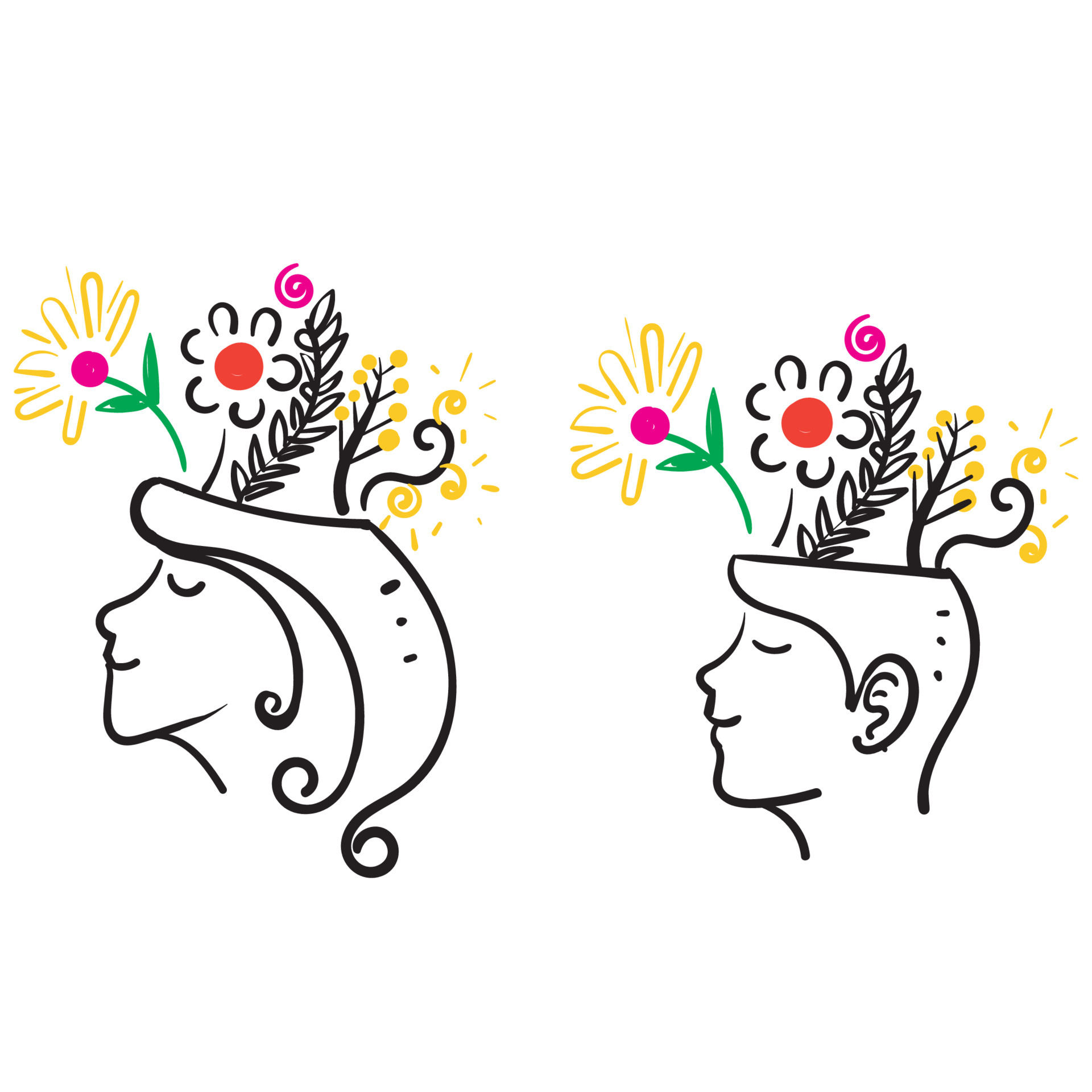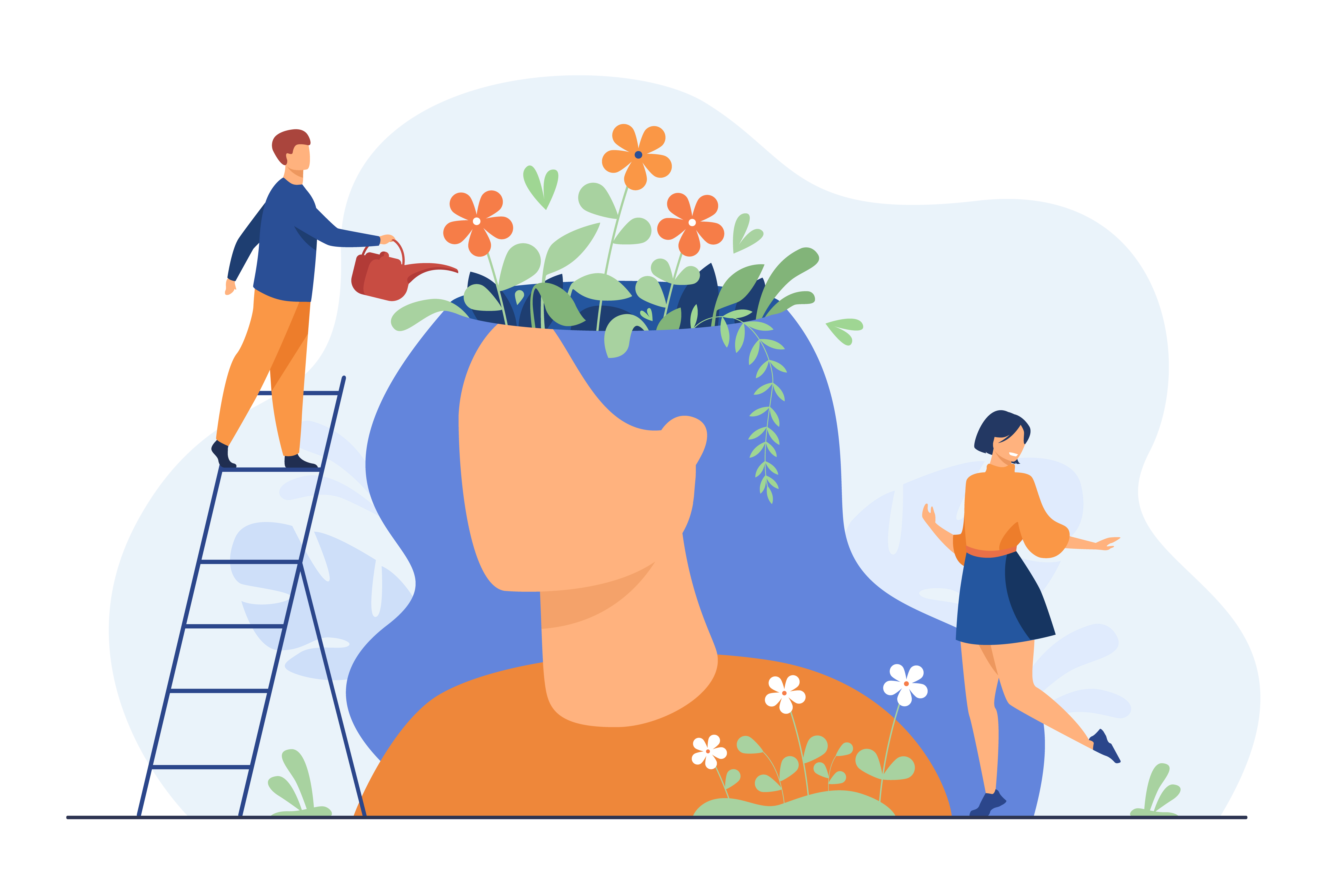

Healthify
Anxiety and Depression!
What's the link?Depression and anxiety might seem pretty distinct, for the most part.
The main symptom of depression is typically a lingering low, sad, or hopeless mood, while anxiety mainly involves overwhelming feelings of worry, nervousness, and fear.
But these conditions do actually share several key signs. Anxiety, for example, often involves irritability — and some people with depression may feel more irritable than sad.
Since these conditions can show up differently from person to person, you may not always know exactly what your symptoms mean.
It’s also possible to have both depression and anxiety at the same time: A worldwide survey from 2015 found that 41.6 percent of people reported having both major depression and an anxiety disorder during the same 12-month period.
One important thing depression and anxiety have in common? Both can improve with support from a mental health professional.
Below, we’ll break down the main symptoms and signs of each condition, plus offer some strategies for coping with symptoms and tips to find support.
What are the symptoms of each condition?Several key differences can help distinguish between symptoms of depression and anxiety.
Depression
It’s not at all unusual to feel sad, low, or hopeless from time to time, especially during difficult or painful life situations.
But feelings of sadness and emptiness that last for longer than 2 weeks can suggest depression, especially when positive events or changes in your environment don’t seem to have any impact on your mood.
Along with a low, sad, or empty mood, depression can also involve the following symptoms
loss of interest or enjoyment in your usual activities and hobbies
a sense of hopelessness or pessimism
anger, irritability, and restlessness
a lack of energy or a sense of feeling slowed down
changes in appetite and weight
thoughts of suicide and dying
Anxiety
Most people experience some anxiety — feelings of fear, nervousness, and worry — from time to time. Anxiety is part of how you respond to stress, after all, so you might experience :
before major life events
when making important decisions
when trying something new
But if you experience persistent or extreme anxiety on most days for several months, you could have generalized anxiety disorder (GAD) or another anxiety disorder.
Anxiety disorders go beyond worry about unexpected or challenging life circumstances. Your fears might center around more everyday concerns, such as your health, performance at school and work, or relationships. These worries can prompt lingering thoughts and fears that eventually begin to affect daily life.
The main signs of ongoing anxiety include:
difficulty managing fear and worry
irritability, physical restlessness, or a sense of being on edge
a sense of dread, doom, or panic
Healthify
We help the ones in need
